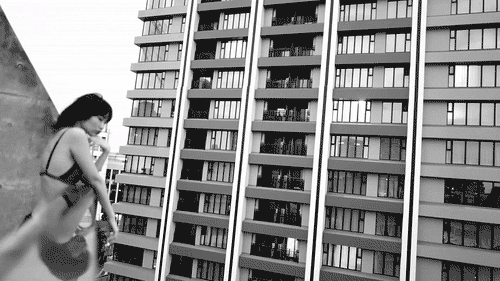
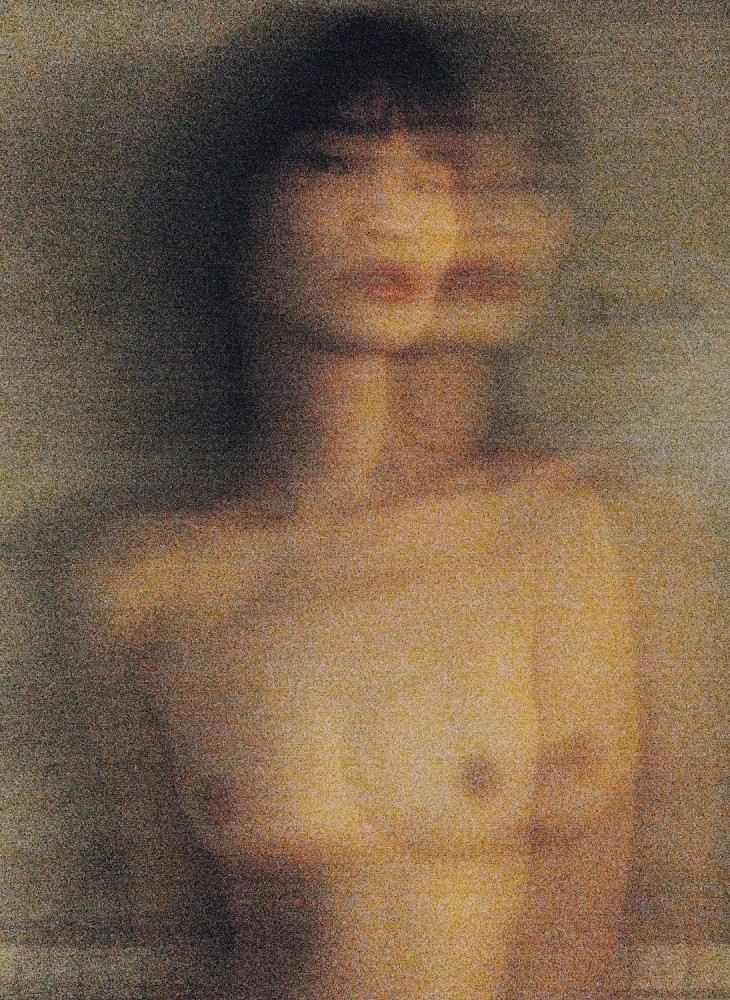
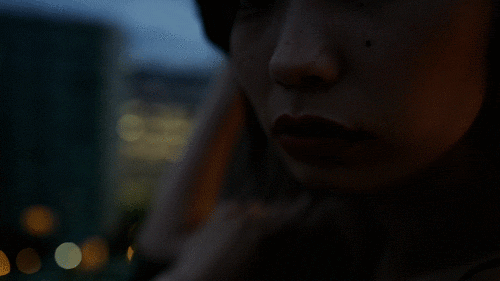
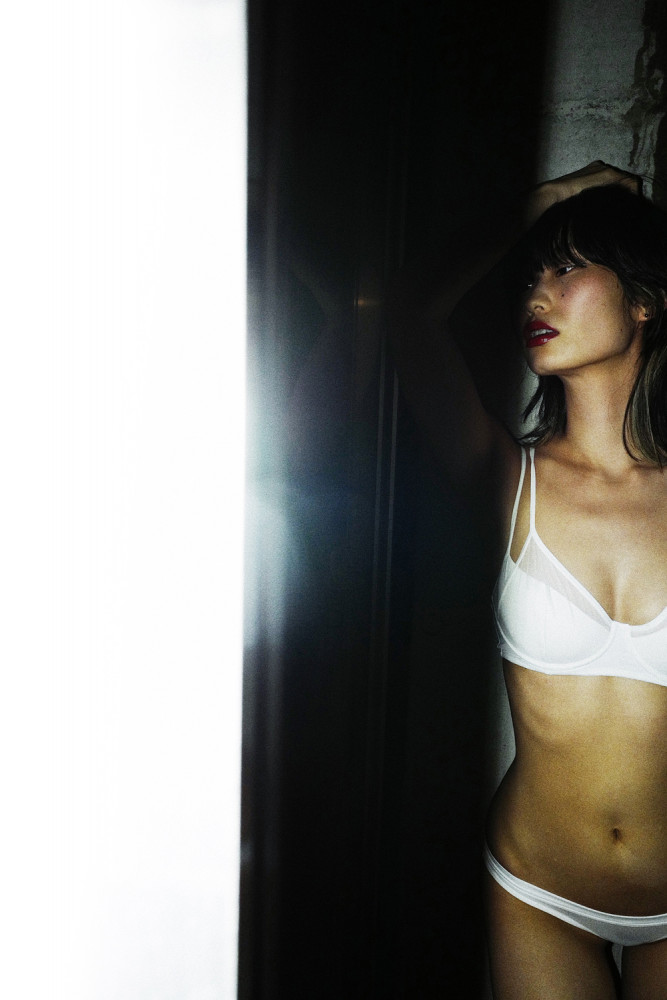
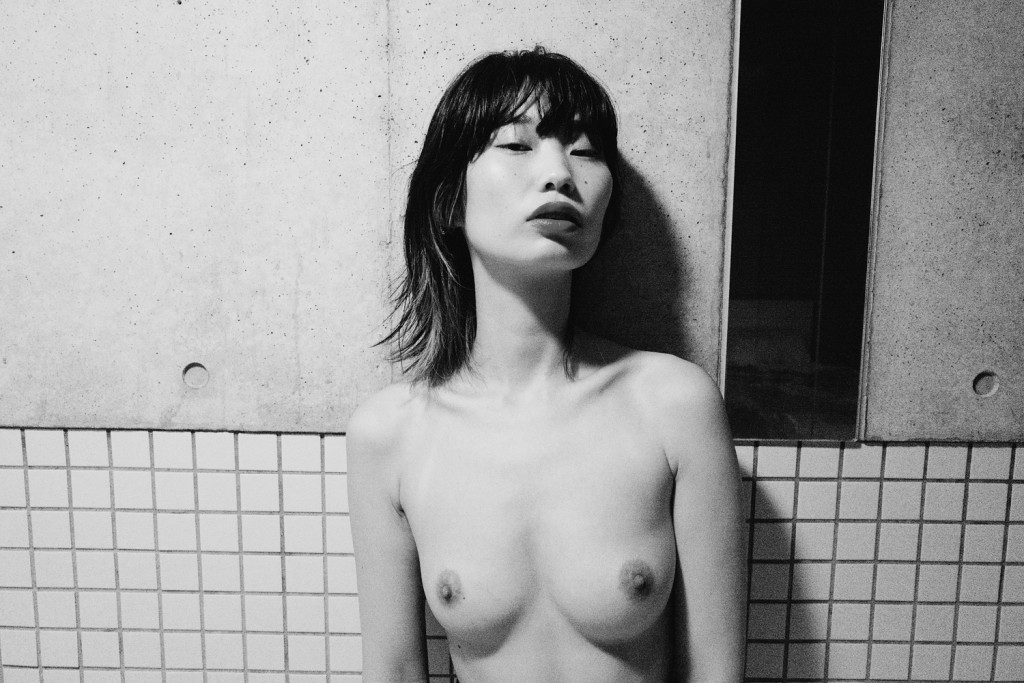
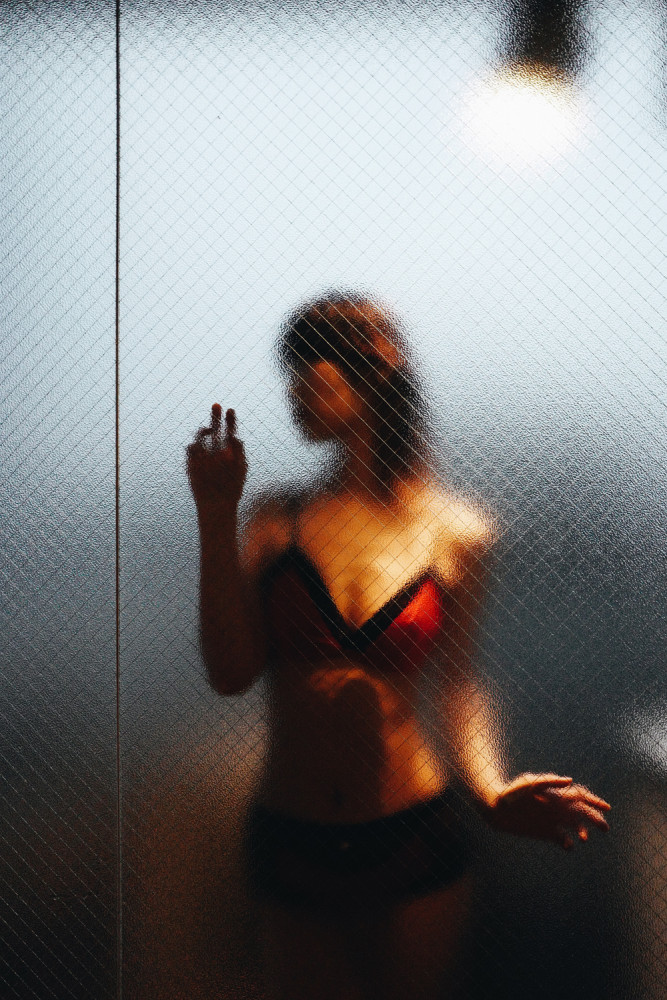
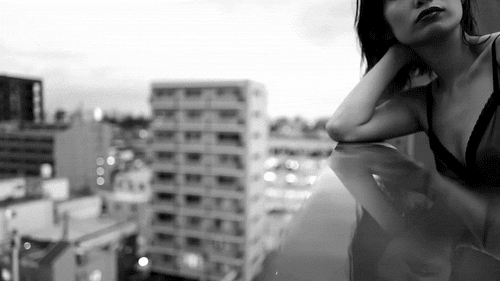
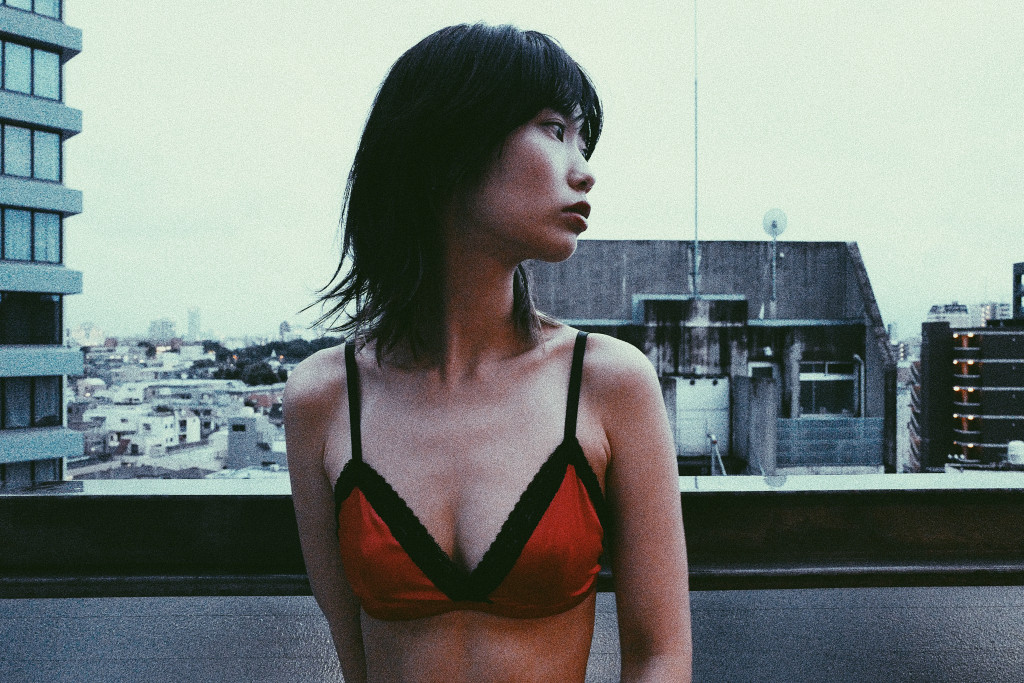

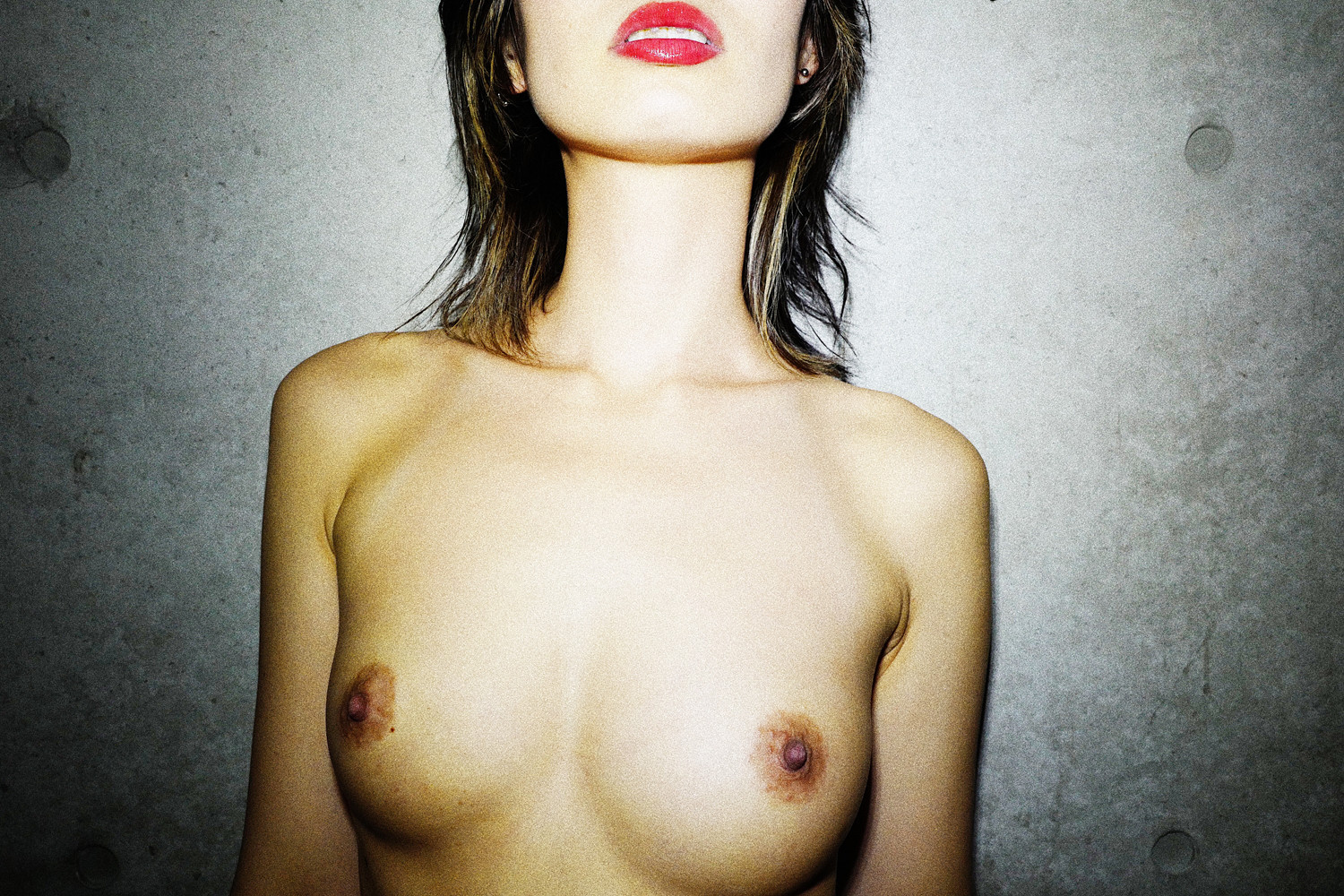
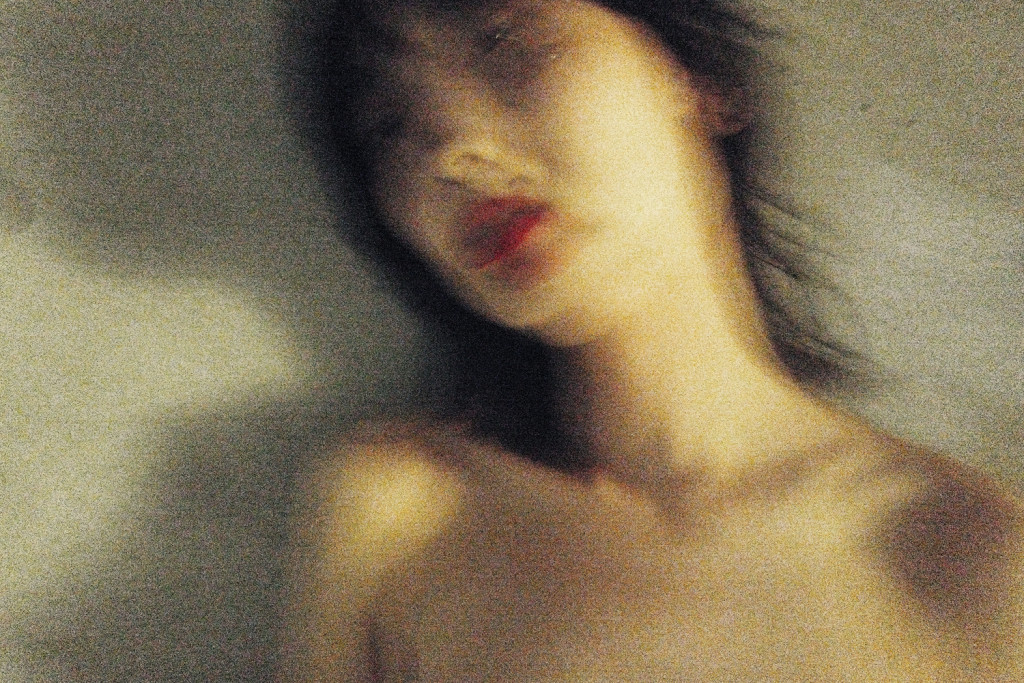
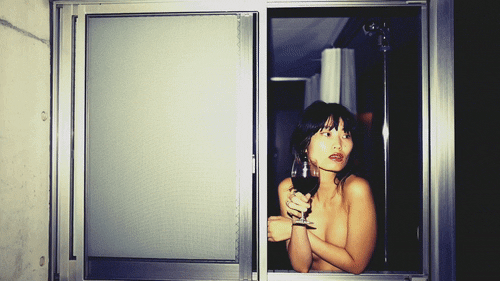
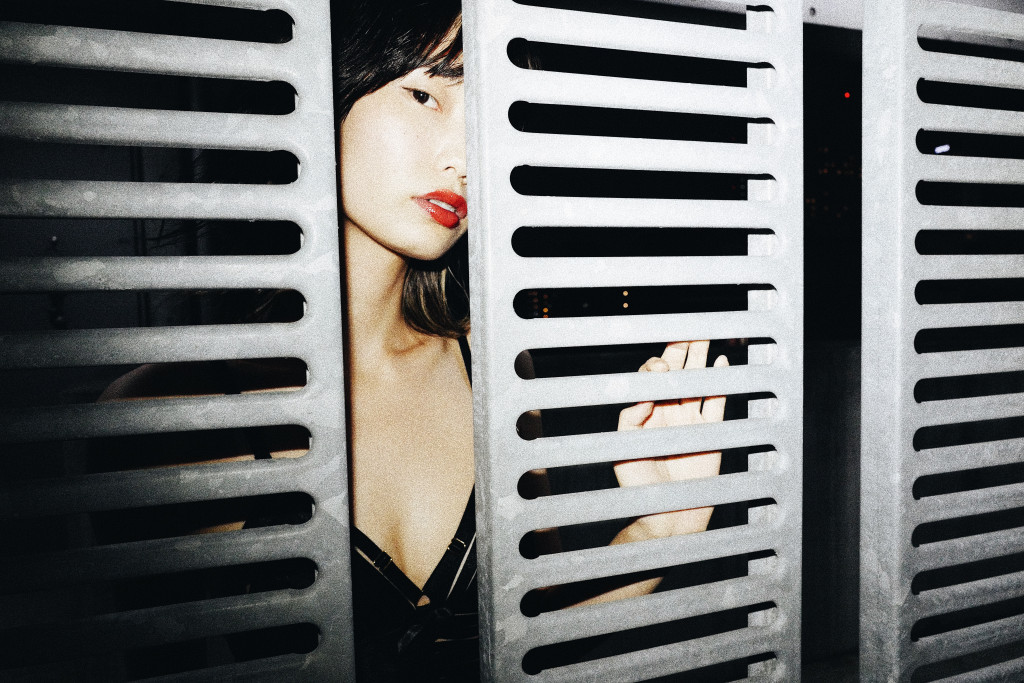
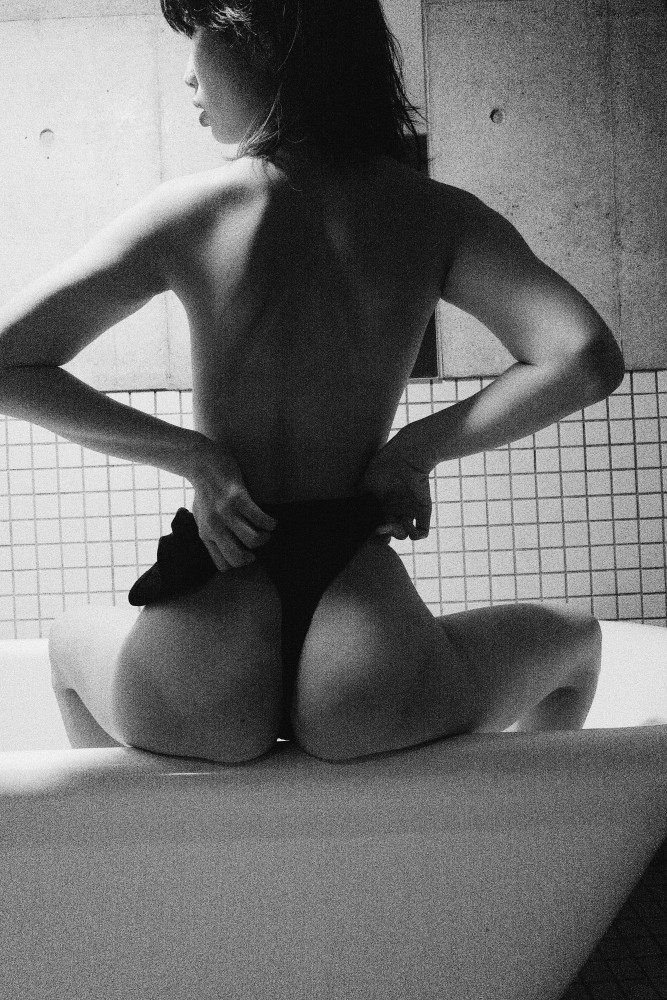
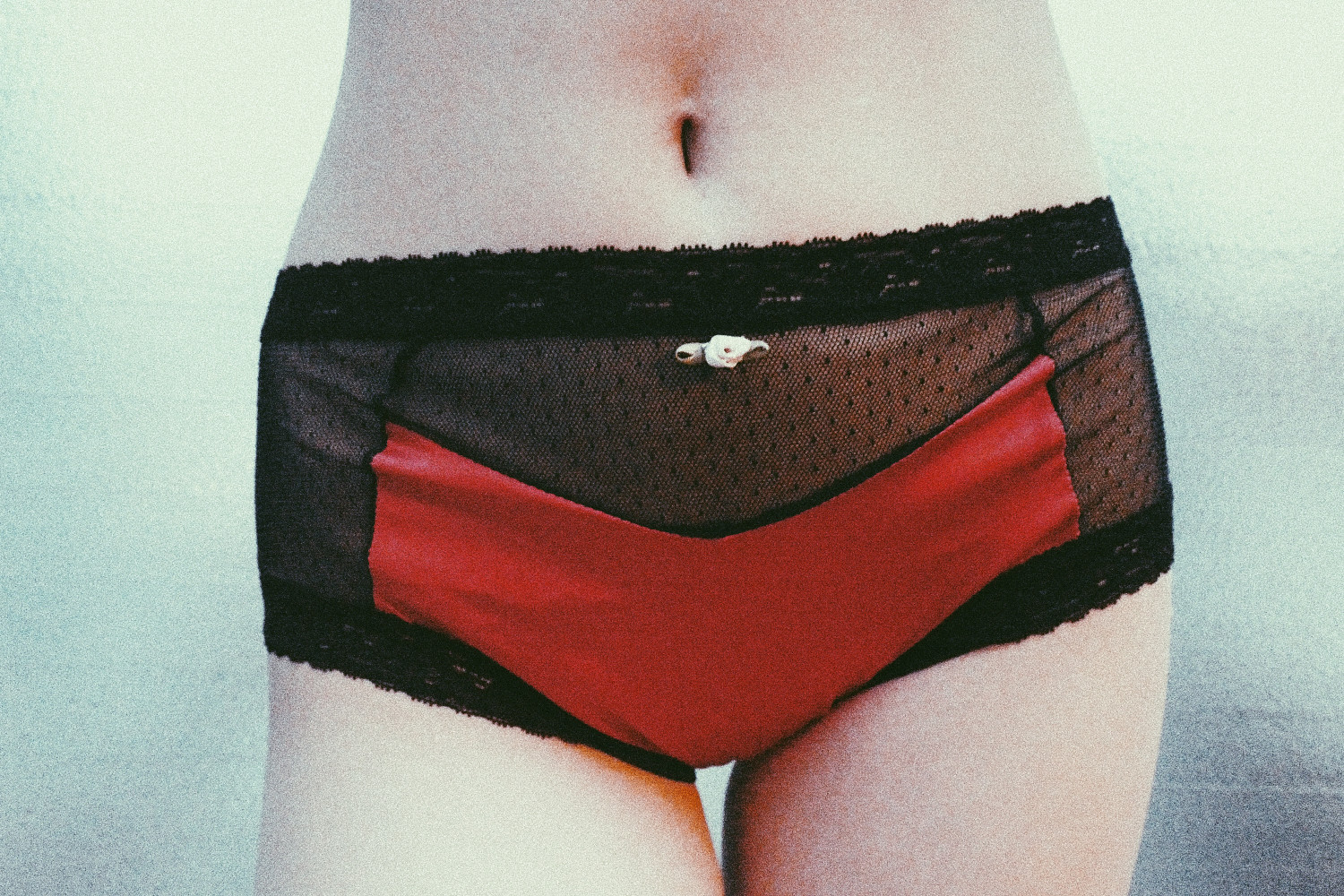
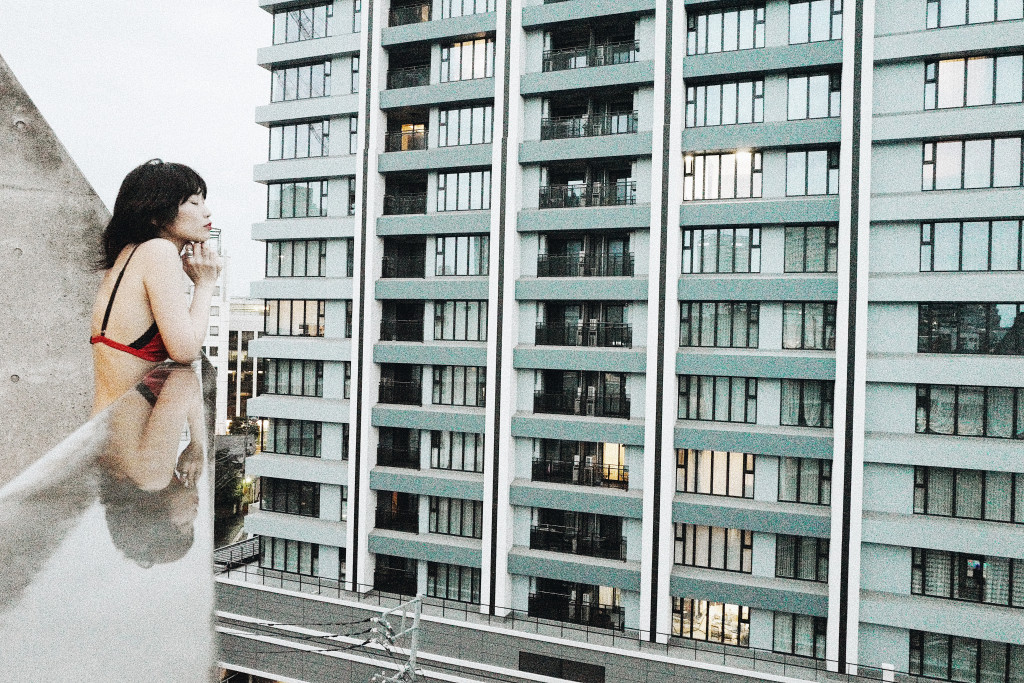

INTERVIEW
Andrea Mete
PHOTOGRAPHY Andrea Mete MODEL Misaki CAMERA Leica Q
Women and female beauty are Andrea Mete’s preferred subjects. He applies an experimental approach, where he combines suggestive snapshots with very staged elements. In ‘The Truth’ he lives out this passion with Japanese flair, and with Misaki, whom he met by chance.
Your photography is experimental, as you also work with effects that sometimes appear like images interferences, or snapshots. How would you describe your signature, and why do you work with these elements?
My life is experimental. Each day I learn and experience new things. Photography is an unconditioned reflex of my existence. For me, both shooting and post-production, are moments of freedom. When I do a photo shoot, I can choose which instant to freeze. While post-production allows me to give a personal perspective of that precise instant.
My signature is, I think, seeking and transmitting truth in every moment.
The female body plays a central role in your photography. Do you consider it an inexhaustible subject? Why?
Actually, the women within my family and circles of friends have played a significant role in my life. I have deep respect and admiration for them; they truly fascinate me. I’ve always travelled a lot. I started as a street/reportage photographer, but at the moment I’m working on a project based on women, which will take shape as a photo exhibition and some printed publications. I consider “beauty” an inexhaustible subject, absolutely personal, in every form. Women are the embodiment of beauty and life in every aspect, complex and wonderful.
How do you find your protagonists? Are they professional models, or do you also work with non-models?
Traveling, friends in common, collaborations, social media, mutual esteem, are all channels that allow me to connect with the people I photograph.
When it comes to choosing a subject, there’s a fundamental difference: if I have to choose someone for a personal project, I choose whomever attracts my attention. No matter if they work for an agency or not; when I get hired as a professional, usually the client searches for their own models according to the cannon they need. Other clients give me more creative freedom, each situation is different.
Where did you photograph the series and how did you come across Misaki? What is special about her?
For me, human relationships are essential. There is no space for emotion to exist without it. One of the reasons I love taking pictures is that it allows me to travel, to meet and get in touch with new people every day. I believe this is shown in my photos. Truth and intimacy happen through respect and understanding. For me, photography is the most beautiful and intimate thing in the world: you can see through someone’s eyes and travel throughout the soul, just by staring at the photos. Visual communication is a big thrill for me, I try to communicate what I feel every day through my work.
Your pictures feel intimate and familiar. How do you manage to create am ambience where your protagonists obviously feel comfortable, even though they are naked in front of the camera?
Social media is an incredible window of opportunity: daily, free, worldwide exposure. I love to share my emotions and therefore my photos. Through social media I can do it without boundaries. I’m preparing a few collaborations with artists, architects and musicians from all over.
How do you communicate your pictures? What role do social media and exhibitions play in this regard? How is the feedback?
The feedback I get is amazing. I receive messages from India, Iran, America, Colombia. Something that I find very interesting and inspiring, is to receive messages from young men who live in conservative societies, asking me how I manage to talk to women and photograph them as they are. My reply is always, treat them and talk to them with respect. On the other hand, I receive messages from women, thanking me for making them feel empowered and free to express themselves, after looking at my photos. This fills my heart.
You photographed ‘The Truth’ with Misaki for the S Magazine. What is it about?
I met Misaki in Tokyo. She’s very intelligent and ironic. I loved everything about Japan. They have an elegant sensuality in every movement, every glance. I wanted to create this sensation with her. Asian women have a very strong synergy of presence/absence.
You work primarily with the Q and deliberately limit yourself to 28mm. What is its appeal and how do you manage with this limitation?
Travelling and working I’ve always used zoom lenses; but with the Q, I explored a new way of taking pictures. The 28mm is not a limitation, it’s an asset.
You have to create a different relationship with the person or the situation you’re photographing, and on top of that, with a fixed-lens camera, you’re more focused on the present moment. Sometimes, not changing lenses can be an advantage. No two moments will ever be the same.
You also filmed a short video with the Q for the S Magazine. Does the camera also have features that are particularly useful for this work? You seem to enjoy opening up the aperture completely, and you deliberately apply bokeh.
The Q allows me to faithfully reproduce what I see. Video and blur are for me an exploration of the image and the moment. Sometimes I choose to blur because it is how I feel. In my life not everything is always in focus, and the possibility to reproduce an emotion so faithfully means everything.
Videos are pictures in motion, a sequence of images together.
It’s somehow like life, a bunch of little frames, of little big moments.
Photographically speaking, what do you still want to achieve?
I’d like to keep on traveling, to get in touch with new cultures, live new adventures, smell new fragrances and work with fascinating artists.
To bring my Leica on every journey and project, and in a few years gift one to my son. As my father did to me.